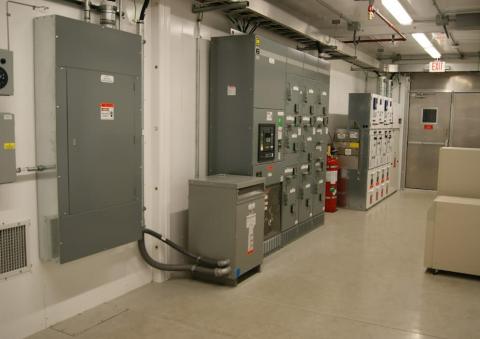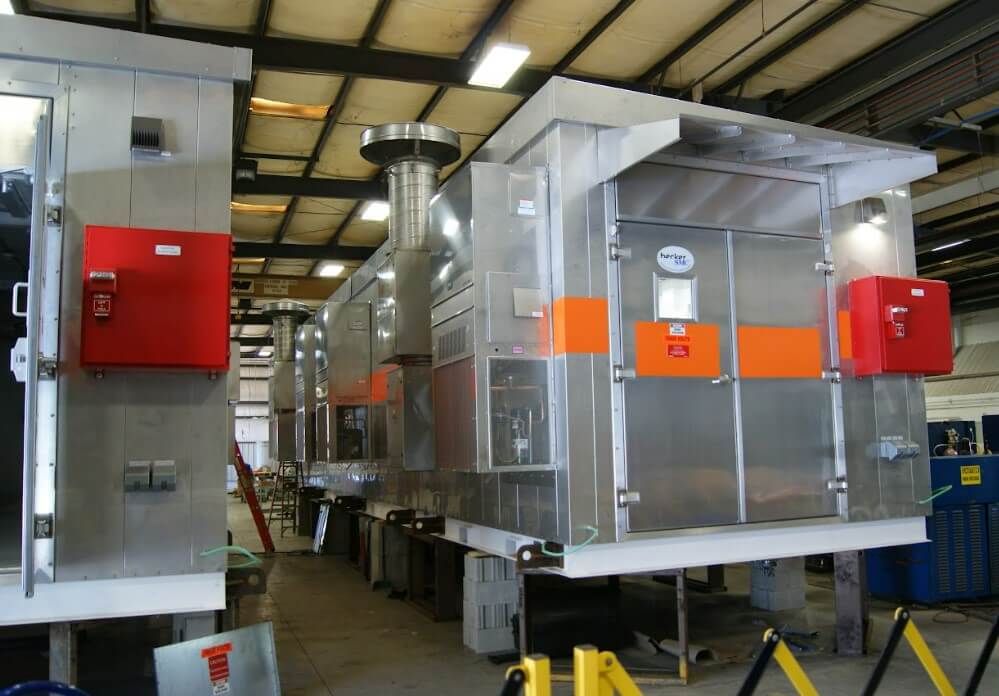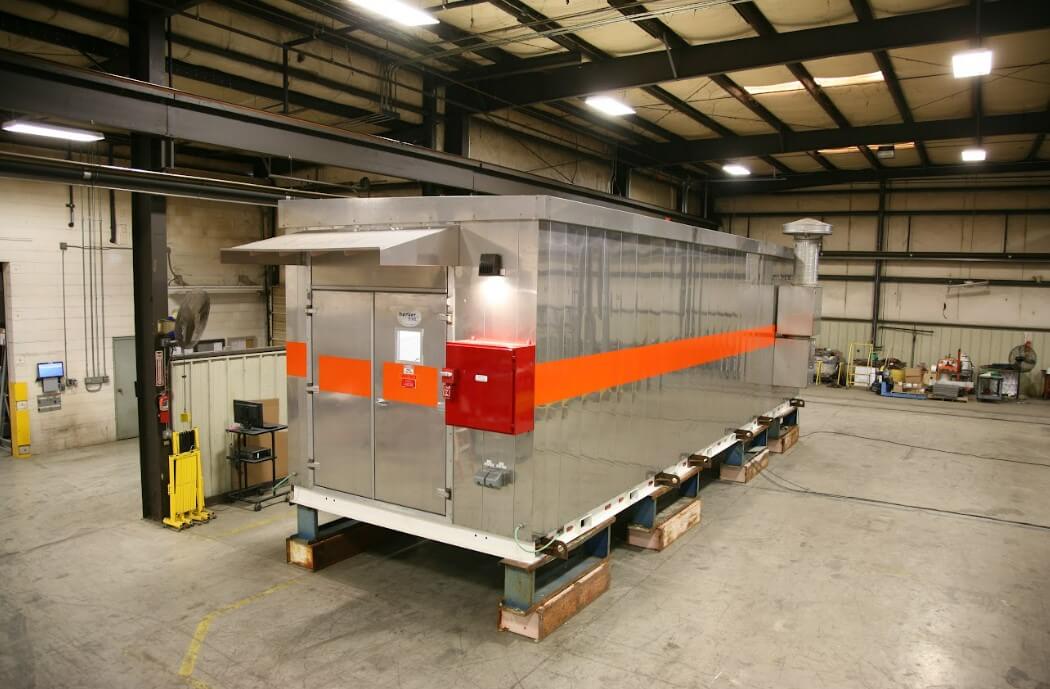
The modern railway network plays a pivotal role in connecting cities, supporting economies, and providing efficient transportation for passengers and goods. However, maintaining its reliability requires robust infrastructure, especially a well-designed electrical system. As railways face increasing demands from climate changes, aging infrastructure, and the growing need for energy efficiency, the role of a resilient electrical system becomes more critical than ever.
In this post, we’ll explore how a proper electrical system strengthens railway resilience and ensures safe and efficient operations, even under challenging conditions.
The Backbone of Railways: Electrical Systems
Electrical systems are at the core of railway operations, powering critical functions such as signaling, traction, lighting, and communication. These systems ensure trains run on time, signals are visible, and stations operate smoothly. Without them, the entire railway network could grind to a halt.
Key Components of Railway Electrical Systems
- Traction Power Supply
This component supplies power to trains, enabling smooth acceleration and deceleration. It typically includes substations, transformers, and overhead wires. - Signaling Systems
Signaling systems prevent collisions and ensure safe train movement. These systems rely on uninterrupted electrical power to function effectively. - Auxiliary Systems
These include station lighting, platform escalators, ticketing machines, and communication systems. Even minor disruptions in auxiliary systems can create passenger inconvenience and operational delays.
Challenges to Electrical Systems in Railways
Resilient railways require electrical systems that can withstand various challenges. Here are the primary stressors:
1. Extreme Weather Conditions
From intense heat waves to heavy snowfall, extreme weather events test the limits of railway electrical systems. Overhead power lines can sag during high temperatures, while substations are vulnerable to flooding in heavy rains.
2. Aging Infrastructure
Many rail networks operate on electrical systems that were installed decades ago. As components age, they become less reliable, more expensive to maintain, and prone to failure.
3. Increased Energy Demand
The transition toward high-speed rail and electrified freight trains demands more energy. Electrical systems must scale to accommodate these requirements without compromising efficiency or safety.
4. Cybersecurity Risks
Modern railways increasingly use digital control systems to manage their electrical infrastructure. While these systems enhance efficiency, they also introduce vulnerabilities to cyberattacks.

GET IN TOUCH
The ultimate solution for reliable power control! call us at 276-285-3841
Building Resilience in Railway Electrical Systems
To ensure reliable operations, railway networks must adopt strategies that enhance the resilience of their electrical systems. Let’s look at how this can be achieved.
1. Regular Maintenance and Upgrades
A proactive approach to maintenance ensures that minor issues are addressed before they escalate into significant failures. Replacing outdated equipment with modern, energy-efficient alternatives can also improve system reliability.
2. Implementing Smart Technologies
Smart technologies like predictive maintenance systems and IoT-enabled sensors help railway operators monitor electrical components in real-time. These tools identify potential faults early, reducing downtime and improving system resilience.
3. Investing in Backup Power Systems
Backup power systems, such as batteries and generators, are essential for critical functions like signaling and communication during outages. This ensures the railway network remains operational in emergencies.
4. Climate-Resilient Design
Designing electrical systems to withstand climate extremes is crucial. For example, using weather-resistant materials for overhead wires and elevating substations can mitigate the impact of adverse weather conditions.
5. Cybersecurity Measures
Securing railway electrical systems against cyber threats is paramount. Implementing firewalls, encryption, and regular security audits can help protect digital control systems from attacks.
The Role of Swartz Engineering in Electrical System Resilience
At Swartz Engineering, we are committed to providing innovative solutions that strengthen railway electrical systems. Our expertise spans the design, installation, and maintenance of critical components such as substations, reclosing relays, and power transformers.
Innovative Solutions from Swartz Engineering
- Advanced Reclosing Relays
Our reclosing relays ensure an uninterrupted power supply by automatically restoring electrical circuits after faults. - Custom-Designed Substations
Swartz Engineering specializes in designing substations tailored to the unique needs of railway networks, ensuring maximum efficiency and reliability. - Comprehensive Maintenance Services
We offer end-to-end maintenance solutions, from routine inspections to emergency repairs, ensuring minimal disruption to railway operations.

GET IN TOUCH
The ultimate solution for reliable power control! call us at 276-285-3841
Benefits of a Resilient Electrical System
Investing in a robust electrical system offers numerous advantages for railway operators, passengers, and the environment.
1. Enhanced Safety
Reliable electrical systems minimize the risk of accidents caused by signaling failures or power outages.
2. Improved Efficiency
A resilient system reduces delays, improves energy use, and lowers operational costs.
3. Sustainability
Energy-efficient systems and renewable energy integration contribute to reduced carbon emissions, aligning with global sustainability goals.
4. Passenger Satisfaction
Smooth operations and minimal disruptions enhance the travel experience, boosting passenger confidence in rail transport.
Future Trends in Railway Electrical Systems
As railways evolve, electrical systems will continue to play a vital role. Emerging trends include:
- Energy Storage Solutions
Incorporating batteries and supercapacitors into electrical systems can store excess energy during low-demand periods for later use. - AI-Driven Management
Artificial intelligence is revolutionizing electrical system management, enabling real-time optimization of power distribution. - Renewable Integration
Solar, wind, and other renewable sources are becoming integral to railway energy strategies, further reducing environmental impact.
Conclusion
Railway resilience hinges on the strength of its electrical system. By addressing challenges like aging infrastructure and climate extremes, investing in modern technologies, and adopting proactive maintenance, rail networks can ensure safe, efficient, and sustainable operations.
At Swartz Engineering, we understand the importance of a robust electrical system in railway networks. With our innovative solutions and unwavering commitment to quality, we empower rail operators to meet today’s challenges while preparing for the demands of the future. Contact us today to learn how Swartz Engineering can help you build a resilient railway electrical system.
Our Expert Services
Swartz Engineering provides top-quality products to meet our customers' needs. We also make sure our products work reliably and safely. Our products include:
- Type 76 DC Relay
- Type 82 DC Relay
- Swartz Engineering’s Type 64 Ground Relay
- Type 32 Reverse Current Relay
- Type 150 DC
- CSM Shield Monitor
- Metal Oxide Surge Arrestors
- Transducers
- MVIS SL Slim-line Contactor
- Fully-tested Power Control Rooms
- Swartz Engineering’s Portable Substations
